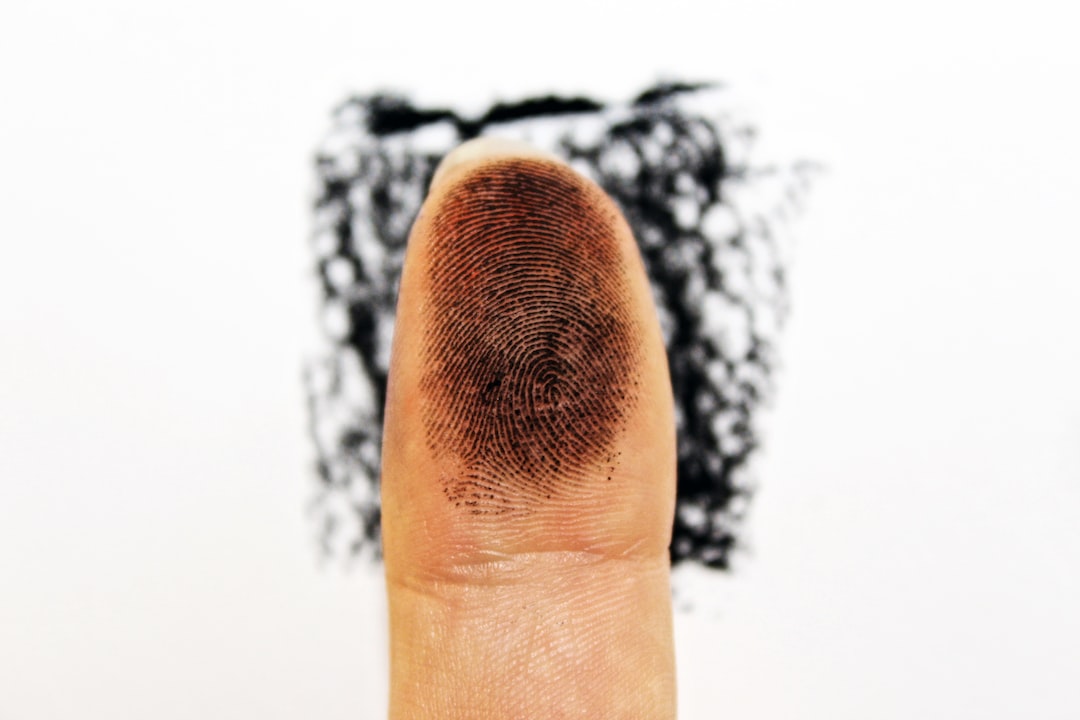Fingerprints play a crucial role in biometric technology and fingerprint identification. They have long been used as a reliable method to determine an individual’s identity. But have you ever wondered if fingerprints can change over time?
In this article, we will explore the topic of fingerprints and whether they can indeed change throughout a person’s lifetime.
Biometric Technology and Fingerprint Identification
Fingerprint identification is based on the fact that every person has unique ridges and patterns on their fingertips. These unique features help in distinguishing one individual from another, making fingerprints a valuable tool in criminal investigations and identification processes.
Are All Fingerprints Truly Unique?
It is widely believed that no two fingerprints are the same, making each person’s print truly unique. However, there are different types of fingerprints including loops, whorls, and arches. While the general patterns remain the same, the specific details within these patterns may vary.
Types of Fingerprints
Loops, whorls, and arches are the three main types of fingerprint patterns. Loops refer to prints where the ridges enter from one side and exit from the same side; whorls are spirals or circular patterns, and arches are plain ridges that enter from one side and exit from the other.
Can Fingerprints Change?
The short answer is no, fingerprints do not typically change. Fingerprints are formed in the 17th week of pregnancy and are set in stone before we are even born. As a person grows, the prints get bigger while retaining the same pattern. Once an individual’s fingerprints are fully developed, they maintain their unique characteristics throughout their lifetime. However, there are certain situations where fingerprints may appear to change.
Can Fingerprints Change Due to Heavy Work?
Individuals who engage in heavy labor or work that involves repeated friction on the fingertips may experience temporary changes in their fingerprints. The constant wear and tear can cause temporary abrasions or changes in the appearance of the fingerprint, but these changes are usually not permanent.
Can Fingerprints Change Due to Injury or Disease?
Injuries to the fingertips or certain skin diseases can potentially alter the appearance of fingerprints. Scar tissue formation or damage to the dermis and epidermis layers of the skin may affect the prominence of the fingerprint ridges, making them less distinguishable or altering their pattern.
Can Fingerprints Change Due to Age?
As a person ages, their fingerprints may gradually become less prominent. The skin elasticity decreases, and the ridges may appear smoother or faded compared to when they were younger. However, the general patterns and uniqueness of the fingerprints still remain, allowing fingerprint recognition systems to recognize the prints even with the effects of aging.
What Affects The Fingerprints?
Several factors can affect the appearance and condition of fingerprints.
Age
The passing of time can influence the visibility and prominence of the fingerprint ridges.
Specific Jobs
Certain occupations that involve constant exposure to friction or chemicals can potentially alter fingerprints over time. For example, individuals in the construction or manufacturing industry may experience changes in their fingerprints due to the nature of their work.
Diseases
Certain skin diseases, such as eczema or psoriasis, can affect the condition of the outer layers of the skin, potentially altering the appearance of fingerprints in the affected areas.
Cuts And Burns
Injuries such as cuts or burns to the fingertips can cause scarring or damage to the skin, which may result in changes to the fingerprint pattern. However, it is important to note that these changes are usually localized and do not affect the entire fingerprint.
How To Preserve Your Fingerprints?
Despite the potential changes that fingerprints may undergo, there are no specific actions required to preserve them. Fingerprints are a part of a person’s unique identity and will naturally be present unless there are significant alterations due to injury or disease.
Conclusion
In conclusion, fingerprints are generally considered to be permanent and unique throughout a person’s lifetime. While temporary changes may occur due to heavy work, injuries, or certain skin diseases, the overall pattern and uniqueness of the prints remain. Fingerprints continue to be a reliable method in biometric technology and are widely accepted in real-life applications, including criminal investigations and courtroom proceedings.
FAQs
Q: Can fingerprints change over time?
A: Yes, fingerprints can change over time.
Q: How do fingerprints grow back?
A: Fingerprints have the ability to grow back over time.
Q: Can fingerprints be scanned and matched to a database?
A: Yes, fingerprints can be scanned and matched to a database for identification purposes.
Q: What is the connection between fingerprints and crime?
A: Fingerprints have long been used in crime investigations to identify individuals.
Q: Can fingerprints be used to unlock a device?
A: Yes, fingerprints can be used to unlock devices equipped with fingerprint scanners.
Q: Can acid penetrate and destroy a person’s fingerprints?
A: Yes, certain types of acid can penetrate and destroy the dermis and epidermis, resulting in a person’s fingerprints being destroyed.
Q: Is it possible for a person to have no fingerprints?
A: Yes, although rare, there have been cases where individuals do not have identifiable fingerprints.
Q: Do fingerprints grow back over time?
A: Yes, fingerprints have the ability to grow back over time.
Q: Can fingerprints be inherited?
A: Yes, fingerprints are believed to be inherited to some extent.
Q: Do older people have different fingerprints compared to when they were younger?
A: Fingerprints tend to remain relatively stable throughout a person’s lifetime, so older people’s fingerprints would generally be similar to their younger selves.


